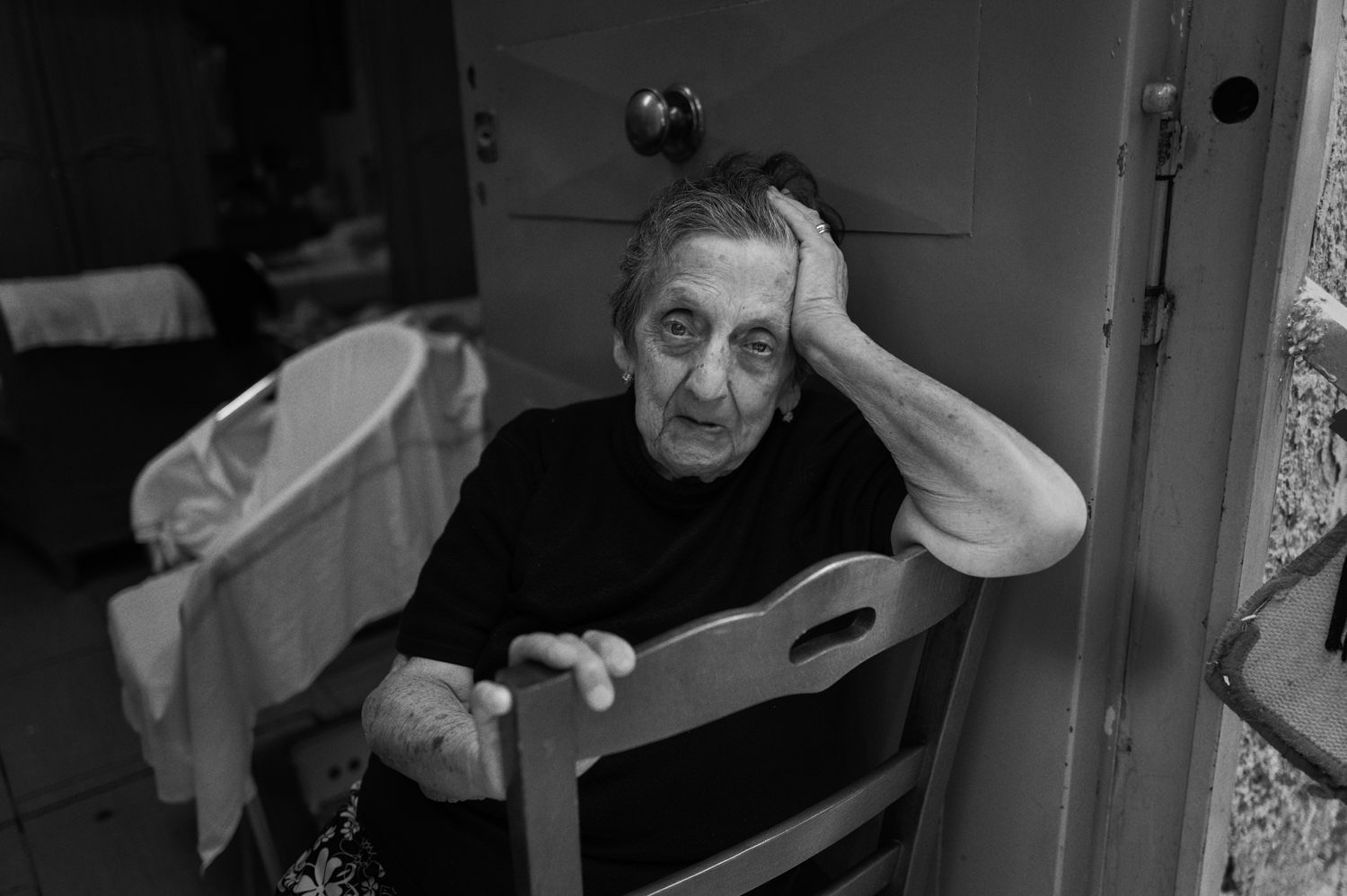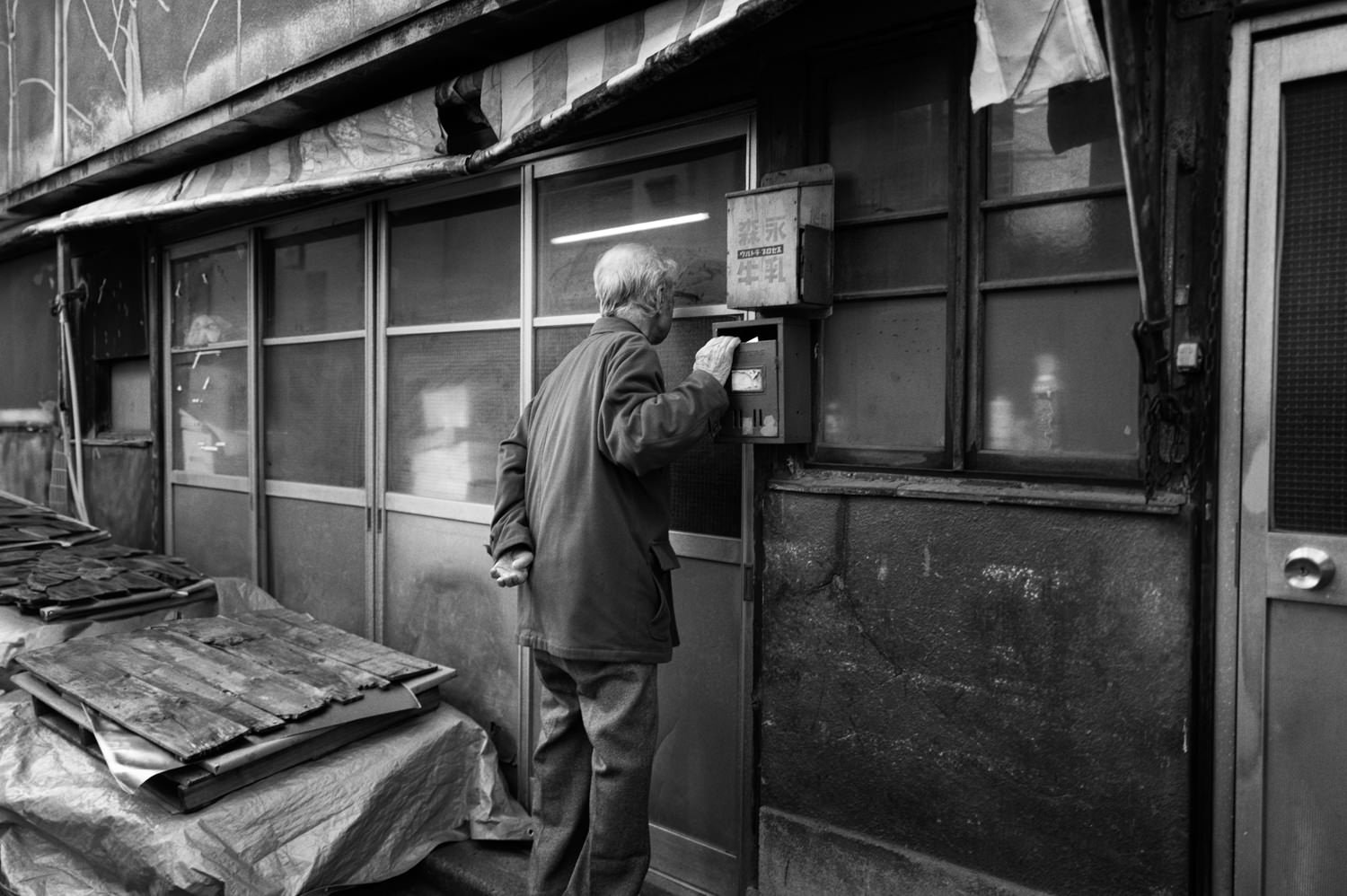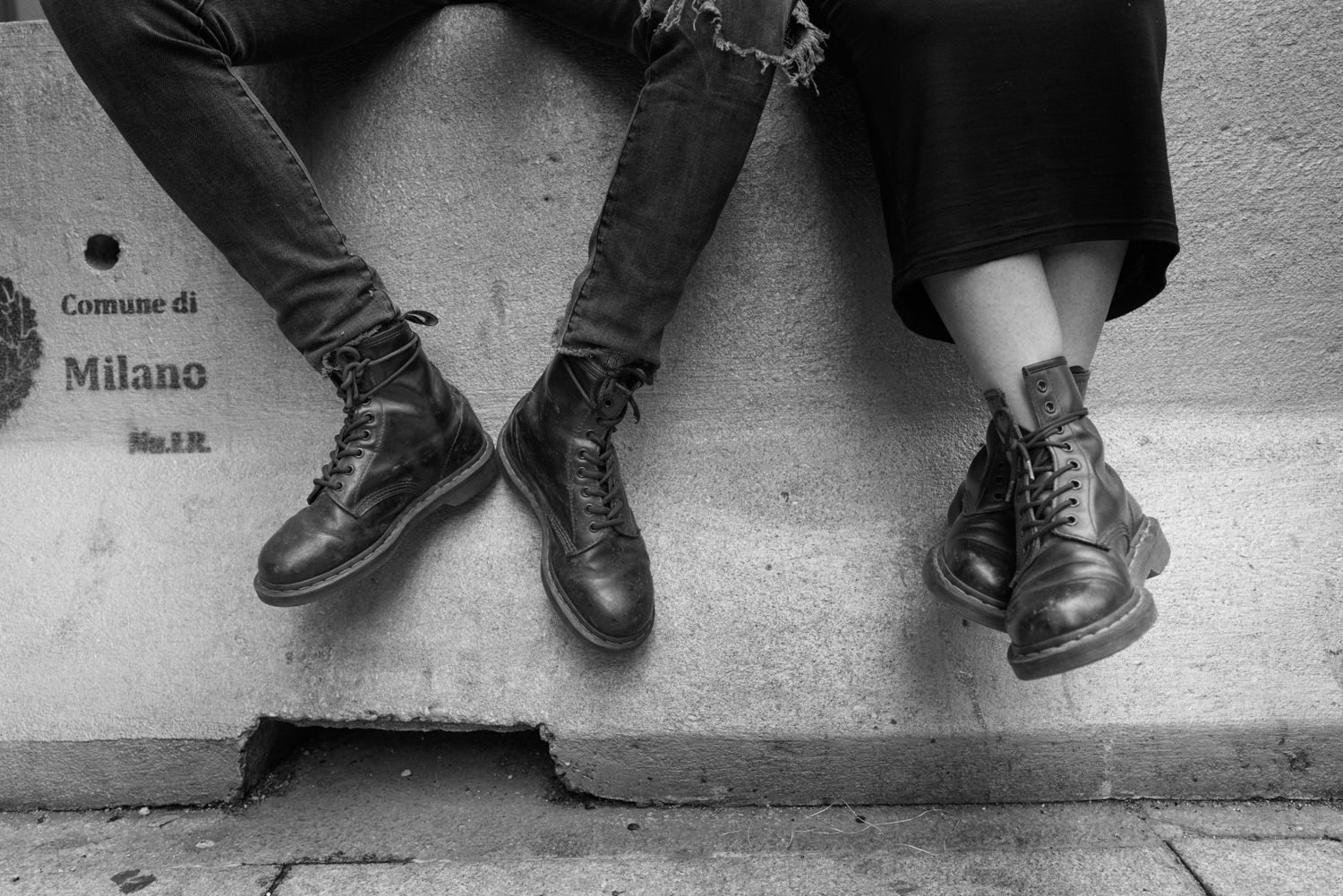Shooting street photography in Palermo, a city where centuries of cultural crossroads have created an intoxicating blend of Arab, Norman, and Mediterranean influences. As I explored its labyrinthine streets with my Leica Q3, I found myself captivated by the raw authenticity that permeates every corner of Sicily's ancient capital.
The streets of Palermo unfold like chapters in an ancient story, each corner revealing new layers of the city's complex character. In the Ballaro market, where vendors' calls echo through narrow alleys in a mixture of Italian and local dialect, the atmosphere crackles with an energy that hasn't changed for centuries. The smells of spices, fresh fish, and citrus create an intoxicating sensory tapestry that speaks to the city's position as a historic trading crossroads.
Light plays a crucial role in shaping Palermo's character. The morning sun creates golden pathways through the narrow vicoli, while the harsh afternoon light throws dramatic shadows across weathered baroque facades. At dusk, the Vucciria market transforms into a ethereal space where lamplight and shadow dance together, creating an almost theatrical atmosphere that beckons exploration.
The Kalsa quarter, with its quiet dignity and crumbling grandeur, tells stories of past glory and present authenticity. Here, elderly residents sit in doorways that have witnessed centuries of history, their conversations flowing with the unhurried rhythm that characterizes Palermitan life. Children play football against ancient walls, their laughter echoing off stones that have absorbed countless similar sounds through the ages.
Architecture in Palermo serves as a physical timeline of civilizations. The Byzantine mosaics of the Palatine Chapel glitter in filtered sunlight, while the Arab-Norman details of the Cathedral speak to the city's unique cultural heritage. Yet it's in the less celebrated corners – the quiet courtyards, the washing-lined alleyways, the peeling palazzo facades – where the true soul of Palermo reveals itself most honestly.
The morning light at Capo Market filters through canvas awnings, creating a natural chiaroscuro that transforms ordinary scenes into timeless moments. Vendors arrange their goods with practiced precision, each movement part of a choreography passed down through generations. The interaction between sellers and buyers becomes a daily theatre, performed in gestures as much as words.
In the historic center, every street tells multiple stories. The Quattro Canti stands as a baroque theatre-in-the-round, where the interplay of light and shadow across ornate statuary creates an ever-changing display. Nearby, the Pretoria Fountain, once dubbed the "Fountain of Shame" for its nude statues, continues to serve as a gathering point where tourists and locals alike seek refuge from the Sicilian sun.
The people of Palermo possess a warmth that transforms street photography from observation to participation. Their expressiveness and willingness to engage creates moments of genuine connection. A conversation about family can spring from a simple request to photograph a shopkeeper, while a gesture toward a church might lead to an impromptu history lesson from a passionate local.
Mondello, the city's elegant beach suburb, offers a different rhythm. Here, Liberty-style villas stand in pristine rows, their architectural flourishes a stark contrast to the weathered stones of the centro storico. The interaction between Palermitani and the sea follows ancient patterns – elderly men gather for morning swims, families claim their spots on the beach with practiced precision, and the crystal-clear Mediterranean waters provide respite from the urban intensity.
As evening falls, the city transforms again. The aperitivo hour brings people into the streets and squares, where the social fabric of Palermo is rewoven daily. Conversations flow as freely as the local wine, and the barriers between public and private space blur in the gentle evening light.
What makes Palermo unique is its refusal to be defined by any single narrative. It's a city that wears its contradictions proudly – magnificent churches stand alongside markets that recall North African souks, while restored palazzos share streets with buildings still bearing war wounds. The city pulses with a life force that transforms every walk into an adventure, every interaction into a potential story.
Here's a selection of iconic spots in Palermo that offer unique perspectives for street photography:
Ballaro Market: The oldest and most vibrant of Palermo's markets, where the diversity of the city is on full display. The narrow lanes, animated vendors, and rich textures make it especially compelling in black and white photography.
Chiesa del Gesù (Casa Professa): The baroque church and its surrounding square provide dramatic architectural details and interesting light play throughout the day. The area attracts a mix of worshippers, tourists, and locals.
Quattro Canti: The symbolic heart of the historic center, where four baroque corners create a theatrical setting. The changing light throughout the day transforms the sculptural details and creates dynamic shadows.
La Kalsa: The old Arabic quarter offers authenticity in every frame. Its partially restored palazzos, local life, and quiet corners provide endless opportunities for capturing the real Palermo.
Vucciria Market: Though less bustling during the day than in its heyday, it transforms at night into a vibrant social scene. The evening atmosphere creates moody lighting perfect for street photography.
Teatro Massimo: The largest opera house in Italy provides a grandiose backdrop. The steps leading to the entrance are a popular gathering spot, offering opportunities to capture daily life against magnificent architecture.
Via Maqueda: This main artery of the historic center pulses with life from morning to night. The street offers a perfect mix of architecture, shop life, and human interaction.
Mondello Beach: The liberty-style architecture, vintage changing cabins, and interaction between locals and the sea provide a different perspective on Palermitan life.
La Cala: The old port area offers compelling compositions with its mix of fishing boats, modern yachts, and historic maritime buildings. Morning light here is particularly beautiful.
Palazzo dei Normanni: The exterior and surrounding areas of this Norman palace offer opportunities to capture both monumental architecture and daily life, as locals go about their business in the shadow of history.
In Palermo, street photography becomes an act of discovery, revealing layers of history and humanity in equal measure. The city's unique blend of cultures, its unapologetic authenticity, and the warmth of its people create an environment where every moment has the potential to reveal something extraordinary. As I prepared to leave, I realized that Palermo had changed not just my photographic perspective, but my understanding of how a city can remain truly, uncompromisingly itself in an increasingly homogenized world.
Visit my Palermo Street Photography Portfolio






